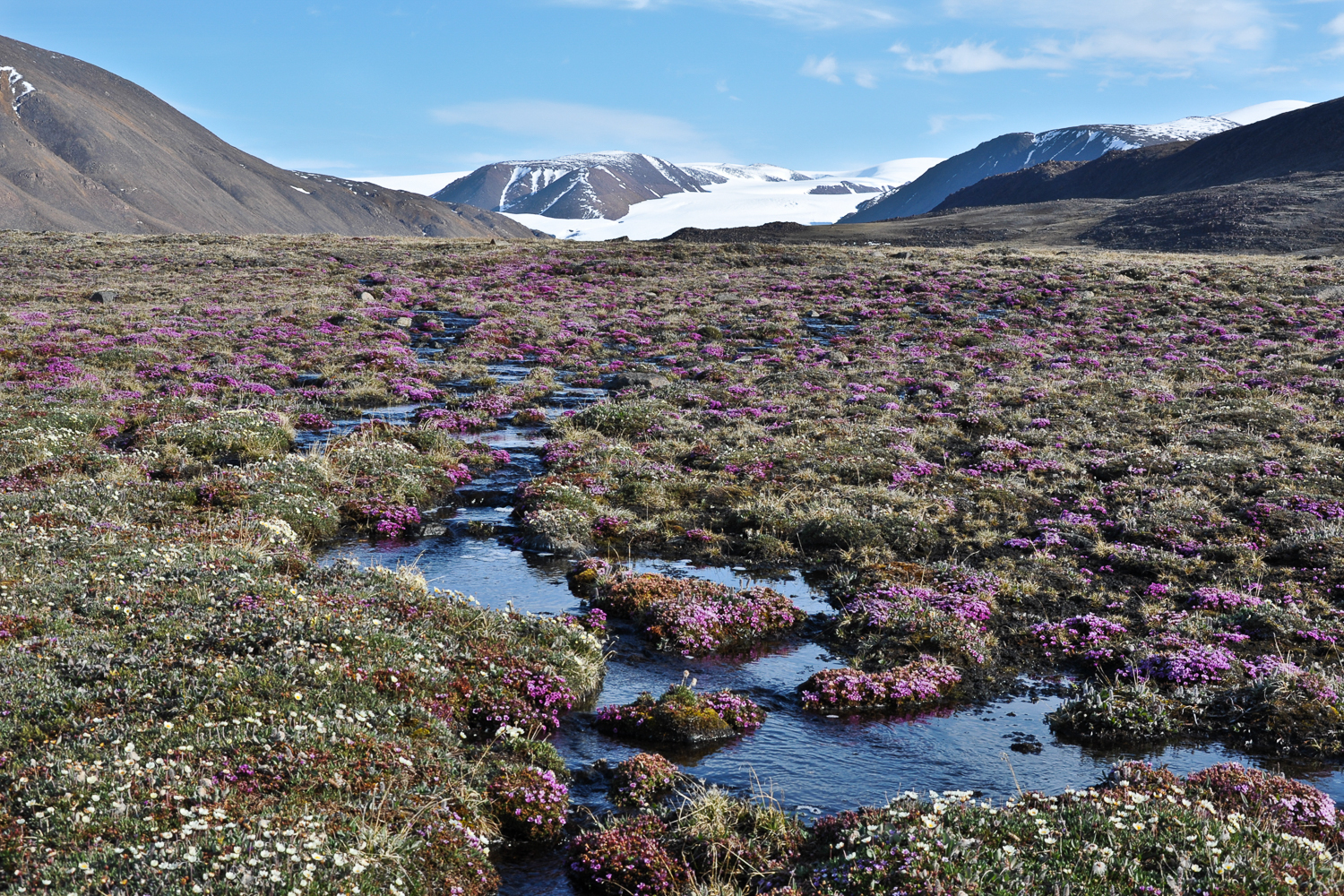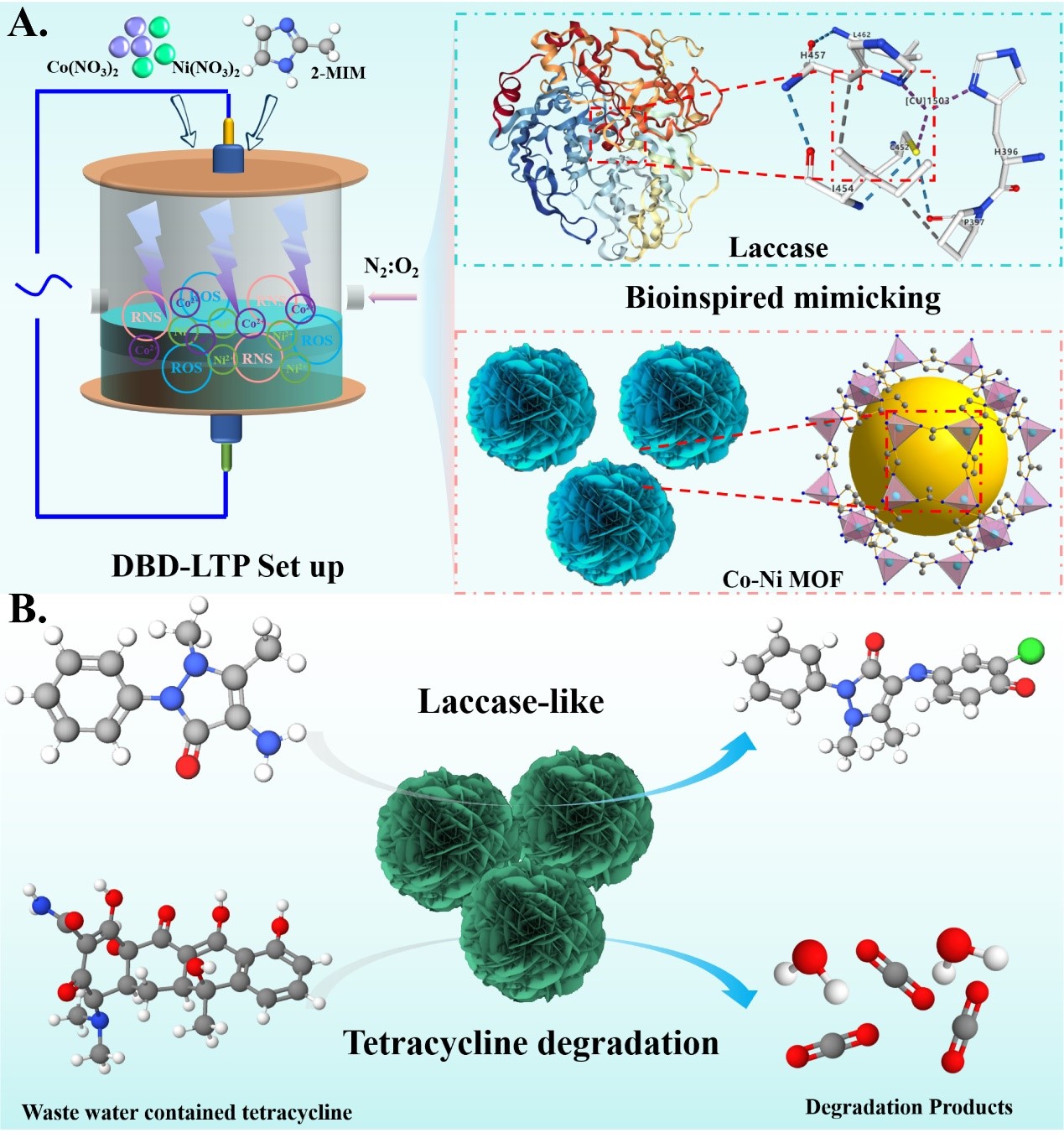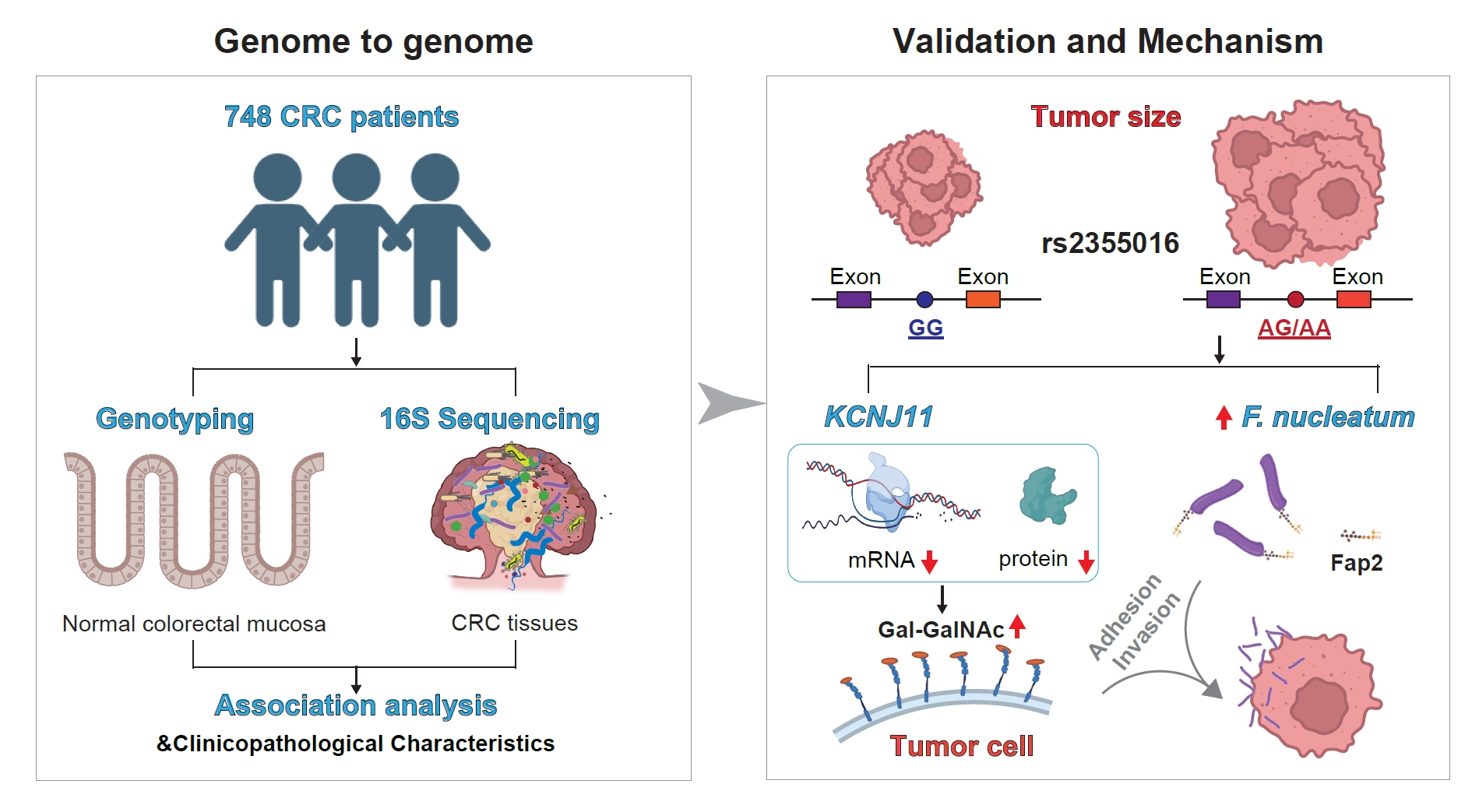2025-04-30 カナダ・ブリティッシュコロンビア大学(UBC)
 Tundra plants can eek out an existence in the very short summers of the Canadian High Arctic such as here on Ellesmere Island, Nunavut. Photo credit: Anne Bjorkman.
Tundra plants can eek out an existence in the very short summers of the Canadian High Arctic such as here on Ellesmere Island, Nunavut. Photo credit: Anne Bjorkman.
<関連情報>
- https://news.ubc.ca/2025/04/arctic-plants-and-climate-change/
- https://www.nature.com/articles/s41586-025-08946-8
温暖化する北極圏における空間的・時間的な植物多様性の動態 Plant diversity dynamics over space and time in a warming Arctic
Mariana García Criado,Isla H. Myers-Smith,Anne D. Bjorkman,Sarah C. Elmendorf,Signe Normand,Peter Aastrup,Rien Aerts,Juha M. Alatalo,Lander Baeten,Robert G. Björk,Mats P. Björkman,Noémie Boulanger-Lapointe,Ethan E. Butler,Elisabeth J. Cooper,J. Hans C. Cornelissen,Gergana N. Daskalova,Belen Fadrique,Bruce C. Forbes,Greg H. R. Henry,Robert D. Hollister,Toke Thomas Høye,Ida Bomholt Dyrholm Jacobsen,Annika K. Jägerbrand,Ingibjörg S. Jónsdóttir,… Mark Vellend
Nature Published:30 April 2025
DOI:https://doi.org/10.1038/s41586-025-08946-8
Abstract
The Arctic is warming four times faster than the global average and plant communities are responding through shifts in species abundance, composition and distribution. However, the direction and magnitude of local changes in plant diversity in the Arctic have not been quantified. Using a compilation of 42,234 records of 490 vascular plant species from 2,174 plots across the Arctic, here we quantified temporal changes in species richness and composition through repeat surveys between 1981 and 2022. We also identified the geographical, climatic and biotic drivers behind these changes. We found greater species richness at lower latitudes and warmer sites, but no indication that, on average, species richness had changed directionally over time. However, species turnover was widespread, with 59% of plots gaining and/or losing species. Proportions of species gains and losses were greater where temperatures had increased the most. Shrub expansion, particularly of erect shrubs, was associated with greater species losses and decreasing species richness. Despite changes in plant composition, Arctic plant communities did not become more similar to each other, suggesting no biotic homogenization so far. Overall, Arctic plant communities changed in richness and composition in different directions, with temperature and plant–plant interactions emerging as the main drivers of change. Our findings demonstrate how climate and biotic drivers can act in concert to alter plant composition, which could precede future biodiversity changes that are likely to affect ecosystem function, wildlife habitats and the livelihoods of Arctic peoples.


